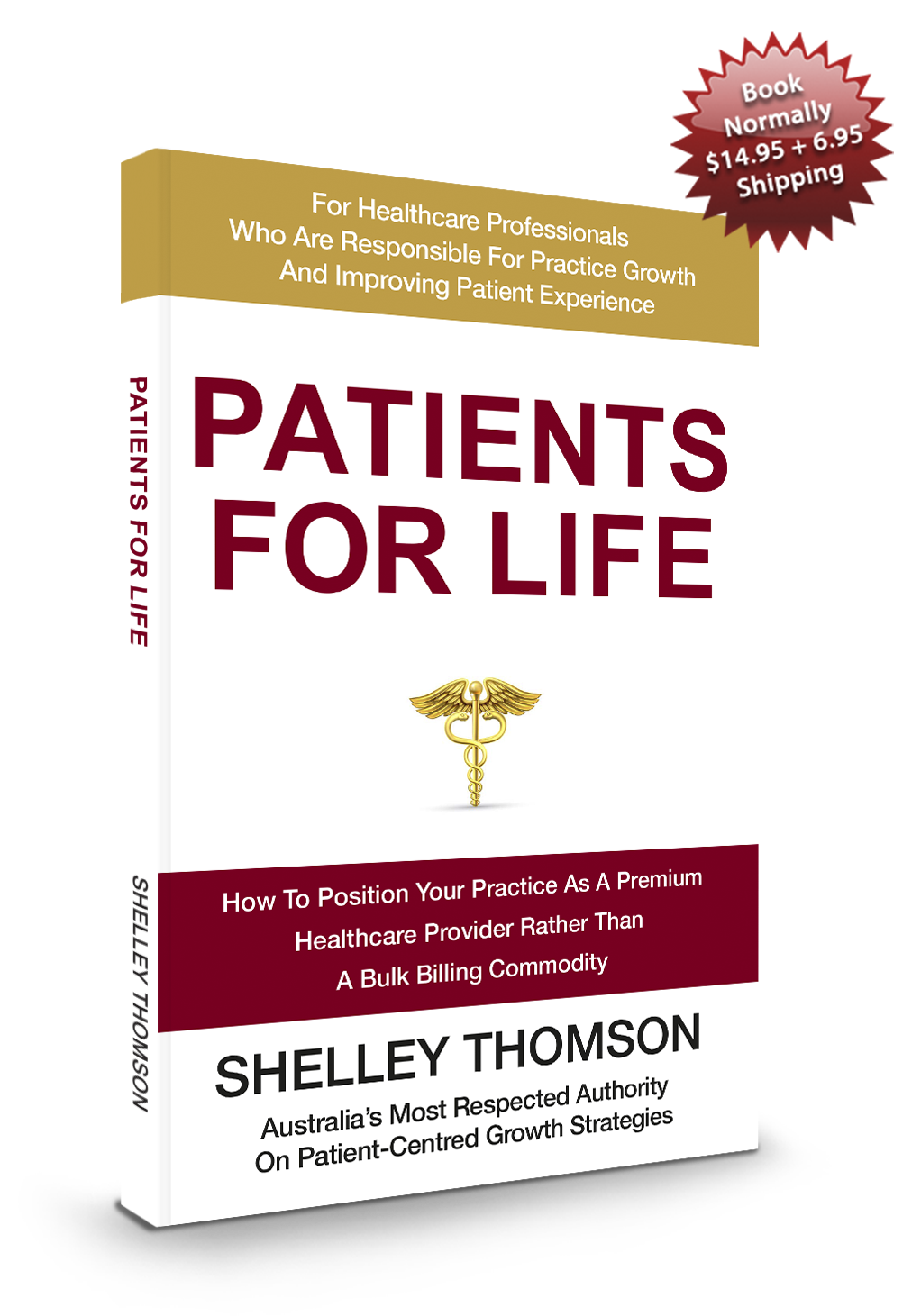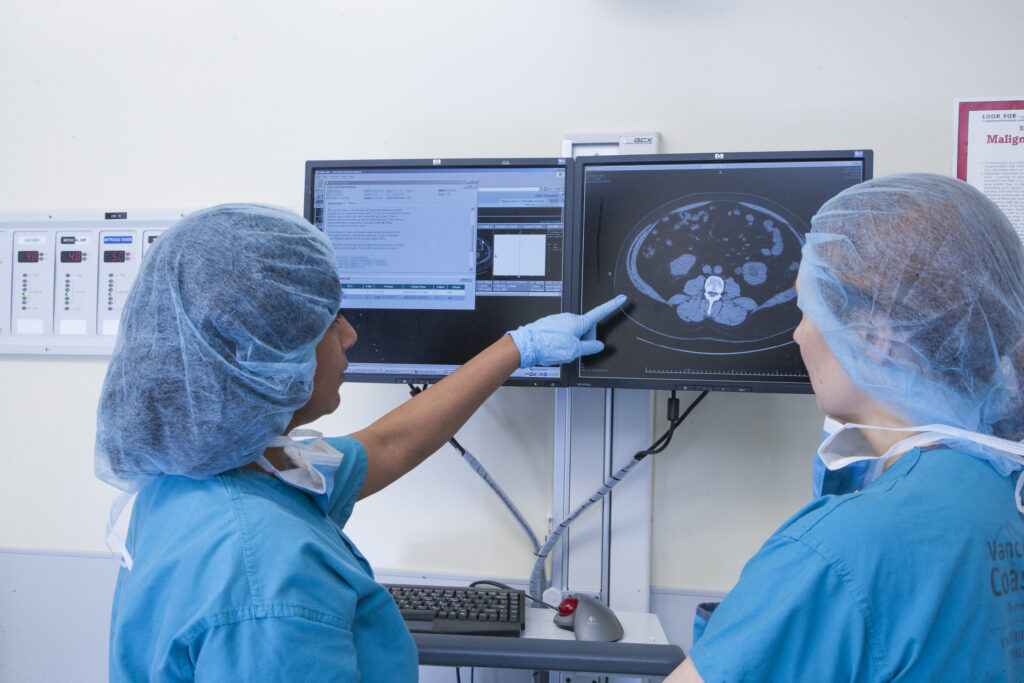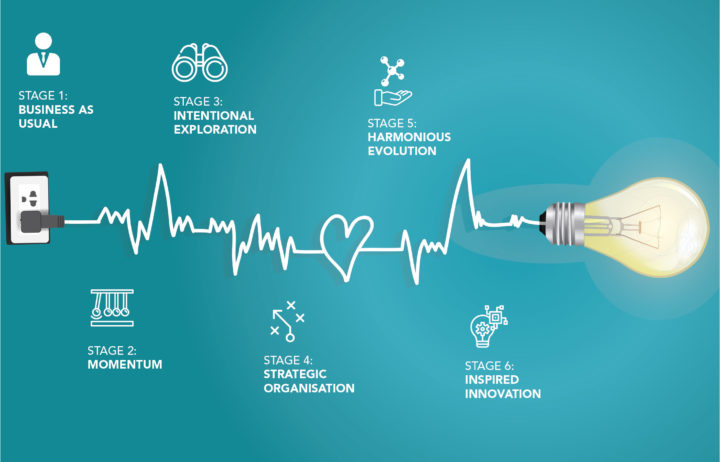As you may know, the Mayo Clinic is one of the most respected healthcare providers in the world.
Experts agree that it’s medical care is second to none. In fact, it’s approach to treatment ranks number one in the US on a regular basis.
But now the clinic has turned its sights to new horizons. It wants to be a leader in patient experience education, and it has launched a new social campaign as the first step.
The name of this campaign is ‘Experts By Experience‘. And it teaches a valuable lesson about WOWing your patients.
A Patient Experience Education Campaign That Gives Patients A Voice
“Experts by Experience” is a global campaign to improve the patient experience education.
It provides patients and caregivers with a stage to share negative & positive stories about the health systems. The goal is for healthcare providers to LISTEN and get a better understanding of what patients really want.
After all, studies show that listening is one of the most effective ways to win patients for life and grow your practice. For example, recent research found that businesses that prioritise listening:
- Enjoy 55% greater retention rates.
- Record an average 23% drop in year-over-year service costs.
- Have 292% greater employee engagement rates.
Some very impressive figures.
- Listening builds trust. When you listen to a patient, they feel like you care about them.
- Listening lowers resistance to your advice. By listening to a patient’s concerns, you can influence them to make the right choices.
- Listening makes patients feel like you care for them. A patient that feels cared for will recommend your practice to family and friends.
There’s only one catch.
The Lost Art Of Listening
On the surface listening to patient seems natural.
- Don’t talk.
- Keep your ears open.
- Never play loud music during a consult
But this is ‘hearing’ not listening. Hearing is passive. It’s what people do when a bore starts talking.
On the other hand, listening is an active activity where you pay attention to what a person says. It’s a skill that needs constant development.
Here are six approaches that help develop active listening skills:
- Show that you’re receiving. Give verbal feedback with phrases like, “I understand” or “Go on.” Nod your head. Use body language to show the patient you’re interested.
- Avoid interruptions. If possible, the only time you should break conversation stream is for clarification. Otherwise, let patients say what they need to say.
- Ignore distractions. Focus your attention on the patient. Set up your consult room or practice to support communication.
- Mirror the patient. Repeat in your own words key points the patients make. Paraphrasing lets the patients know what you’re listening. It also shows that you understand.
- Ask pertinent questions. Give patients a chance to clarify meaning by turning what you think they said into a yes-no question.
- Don’t be afraid of silence. Silence is a natural part of listening. It gives you time to think about what the other person is saying. A good rule of thumb is: Will what you have to say improve the silence?
Remember the golden rule of listening: It’s possible to say too much. It’s rarely possible to listen too much. That’s what the Mayo Clinic got right with their new patient experience education campaign. They shut up and let the patients do the talking.
Keen to learn more about taking a patient-centred approach to patient care? Download our “Demystifying Patient Centred Care” e-book.







